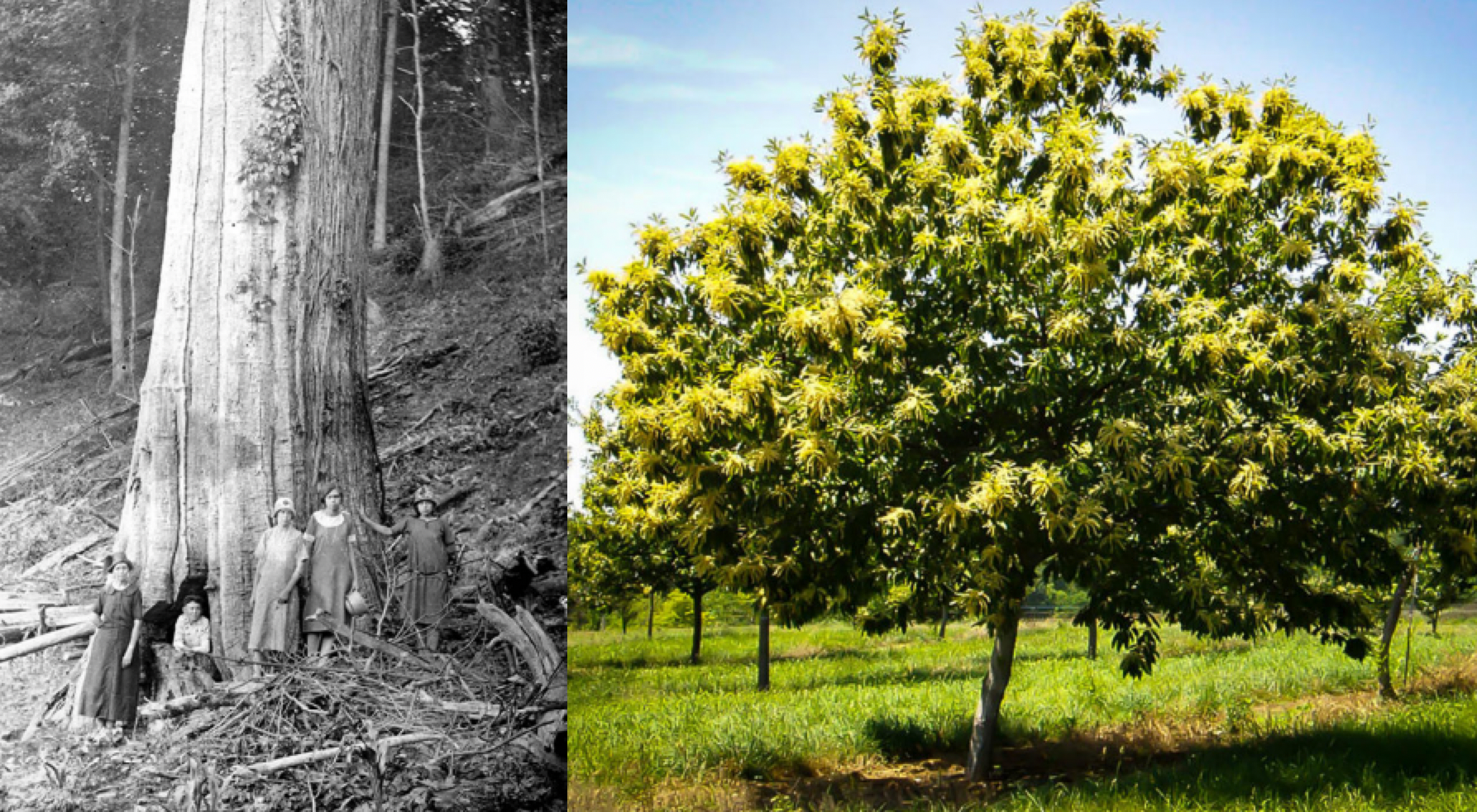
Transgenic vs Hybrid
Transgenic Approach
ACR is dedicated to ESF’s transgenic approach to rescuing the American chestnut as this appears to have the highest chance of success. This approach involves inserting 1 or more blight resistance genes (and eventually genes for phytopthora root rot) into a single location on the American chestnut’s genome - ensuring a 50% chance of those resistance genes getting passed on intact to subsequent offspring.
Hybrid Approach
The other complementary approach is to create hybrid trees by crossing with Chinese chestnuts which have some blight and root rot resistance. The challenge with this approach is that there are well over 100 Chinese resistance genes spread over that tree’s entire genome. Thus the likelihood of getting only those Chinese resistance genes while keeping the vast majority of American chestnut genes via traditional breeding is virtually impossible for creating a single tree - let alone creating a set of genetically diverse trees needed for restoration. The hybrid approach is still being pursued by The American Chestnut Foundation (TACF).
This article discusses the pros and cons of the 2 approaches